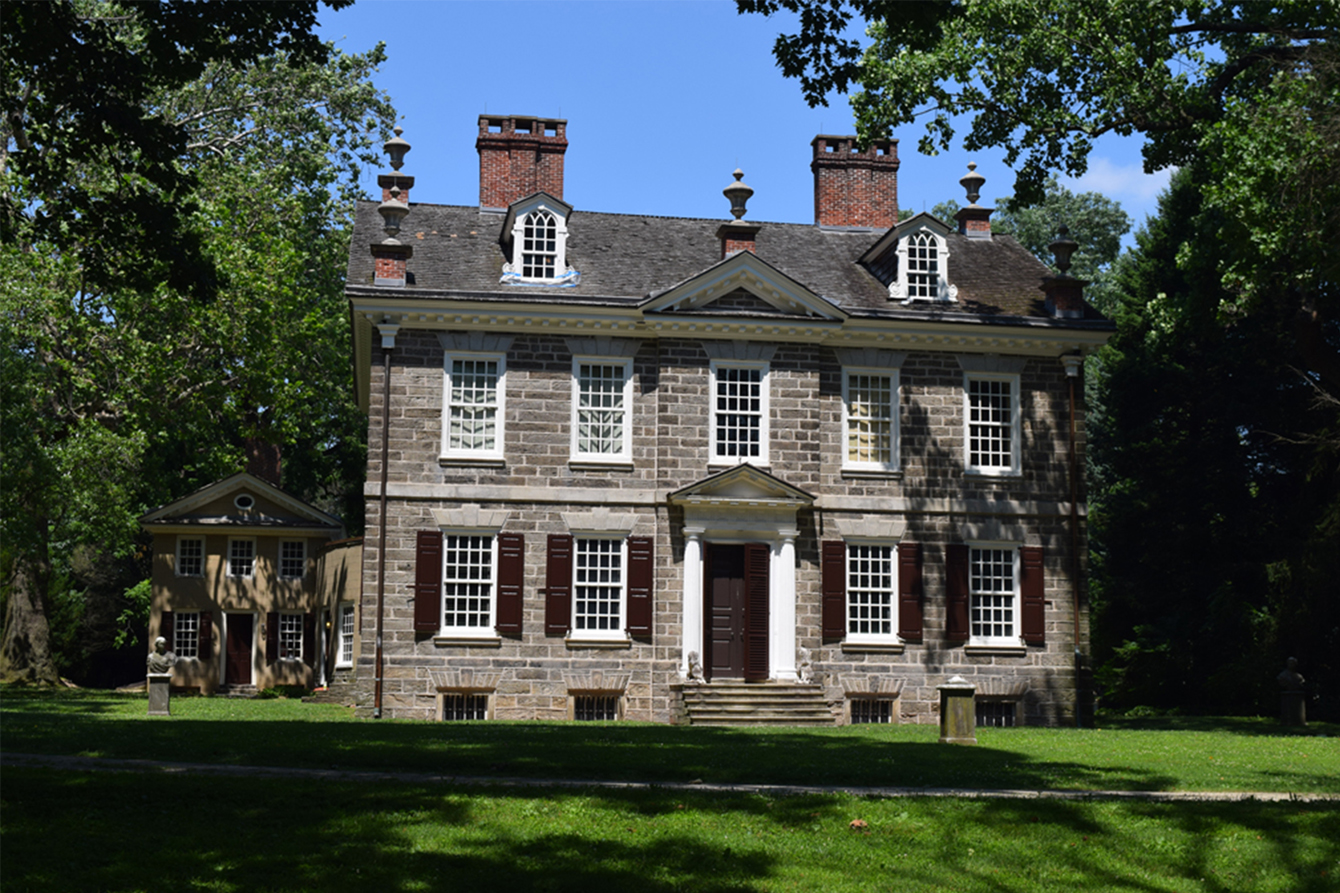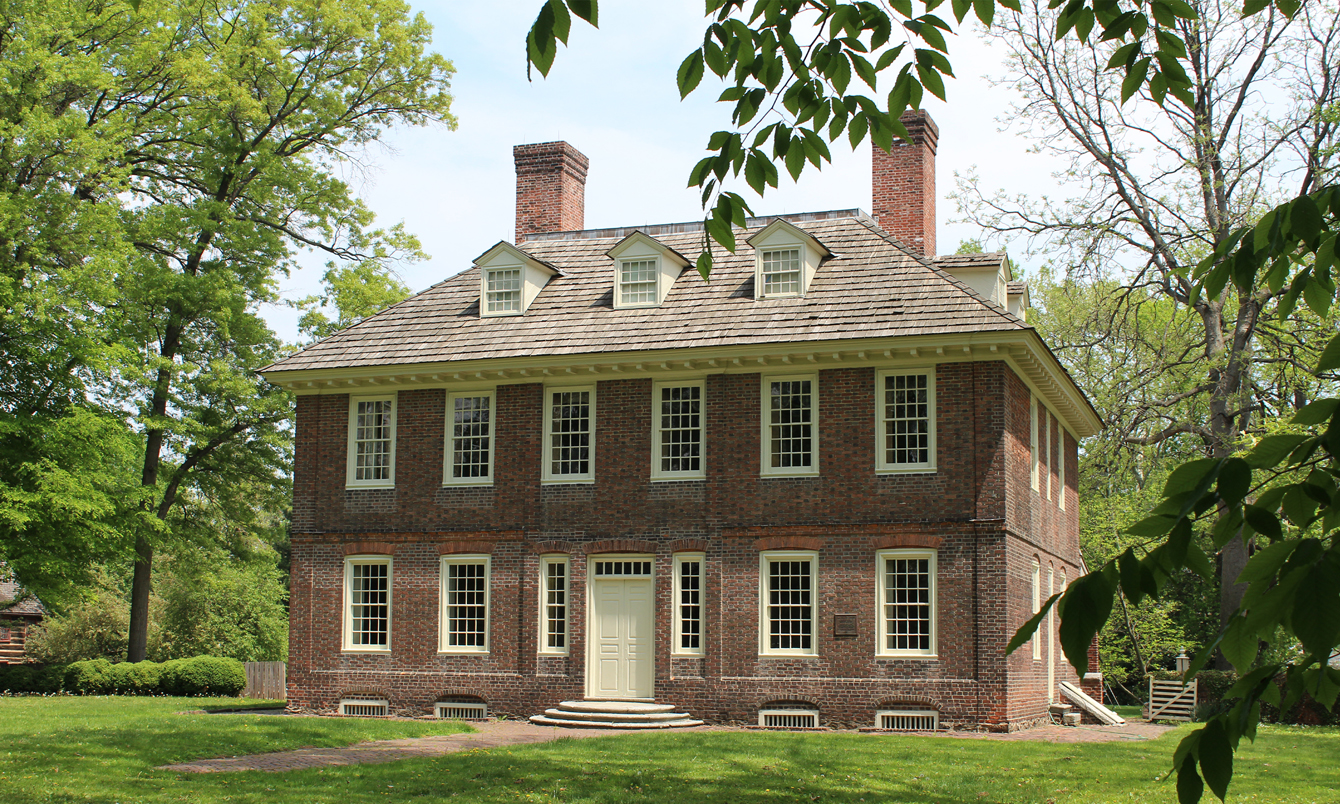Northern Historic Sites
Discover some of the colonial sites related to the individuals and stories in People Not Property, and follow the links for visitor information.
View
Philipsburg Manor
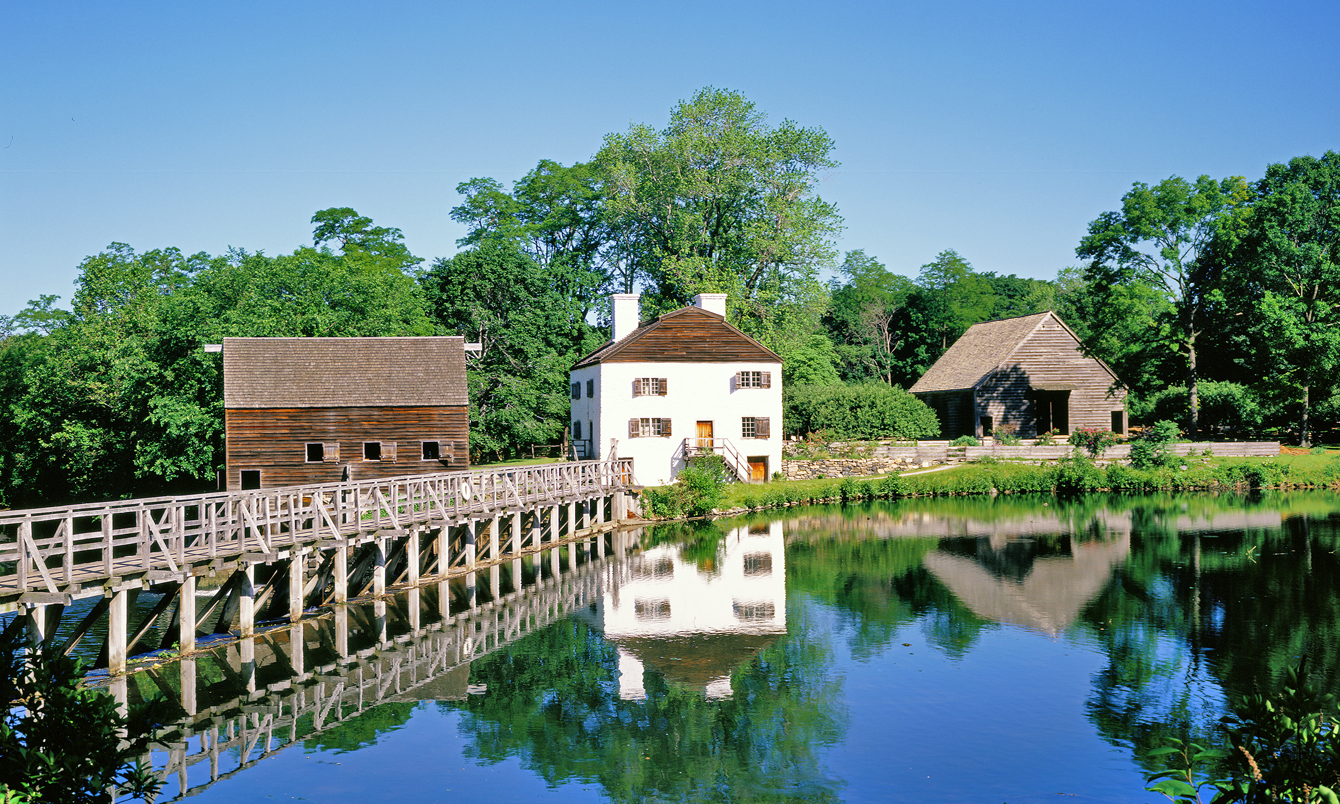
Philipsburg Manor Upper Mills was a thriving farm, mill, and trading center in the Hudson Valley owned by the Philipses, an influential New York family of merchants and traders.
Van Cortlandt Manor
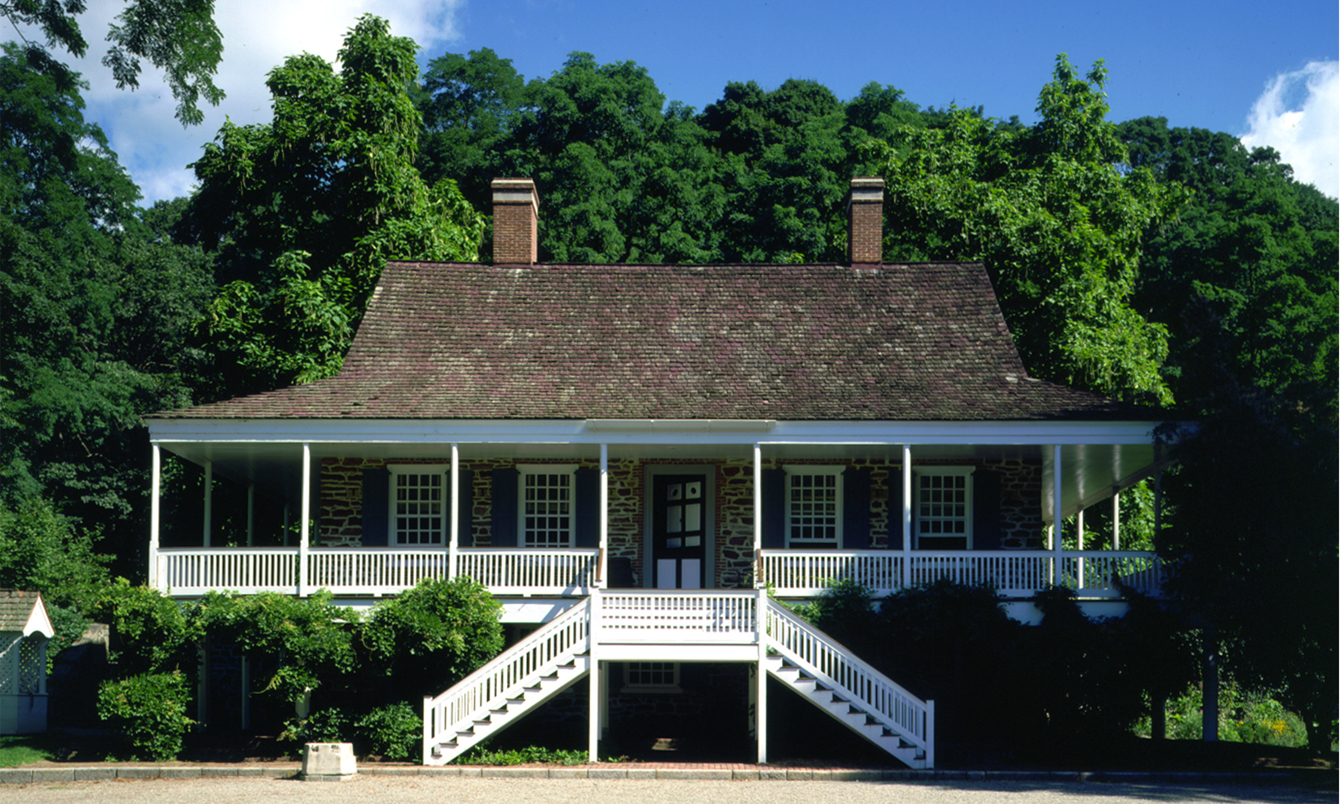
The 18th-century home of New York State’s first Lieutenant Governor, his family, and the enslaved Africans who worked there.
The Bush-Holley House
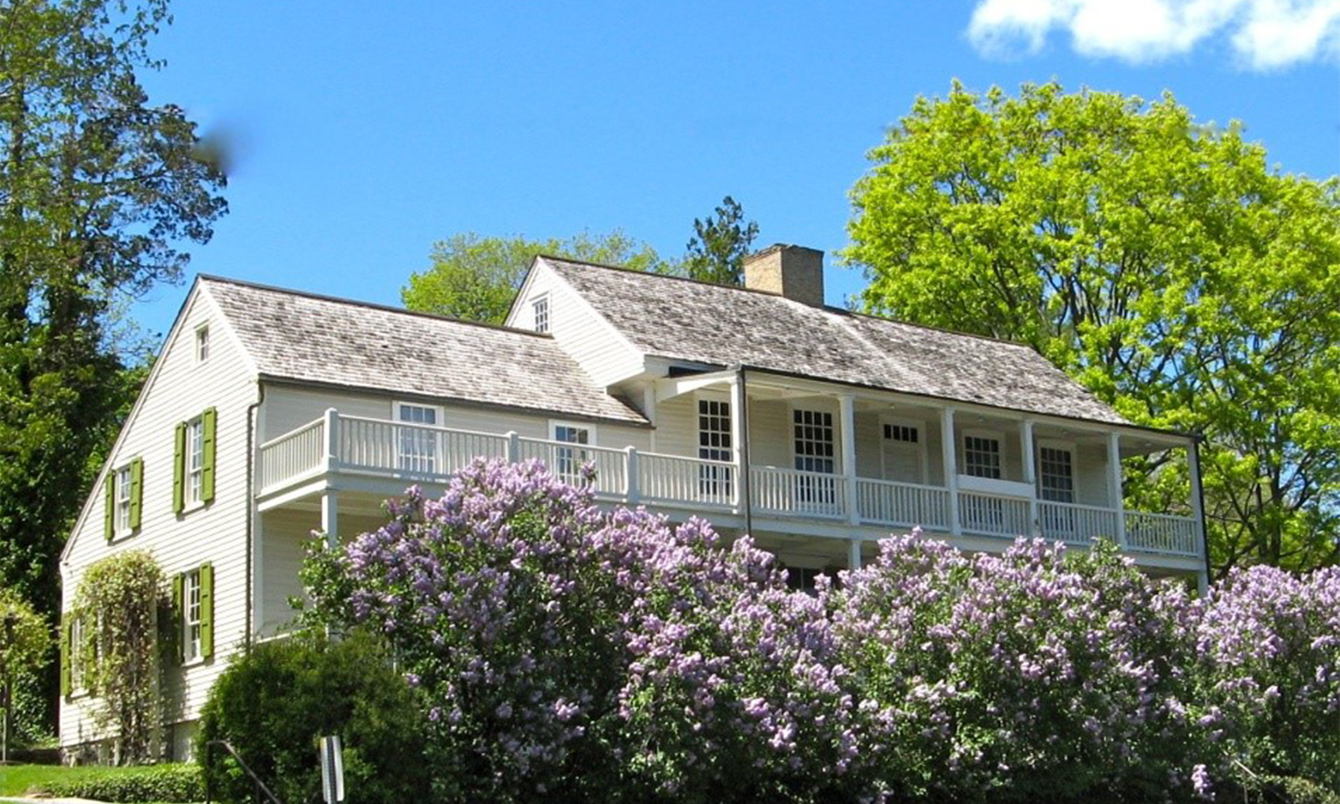
Located in Cos Cob, Connecticut, the Bush-Holley House was the 18th-century home of the Bush family and ten enslaved individuals.
Ashley House
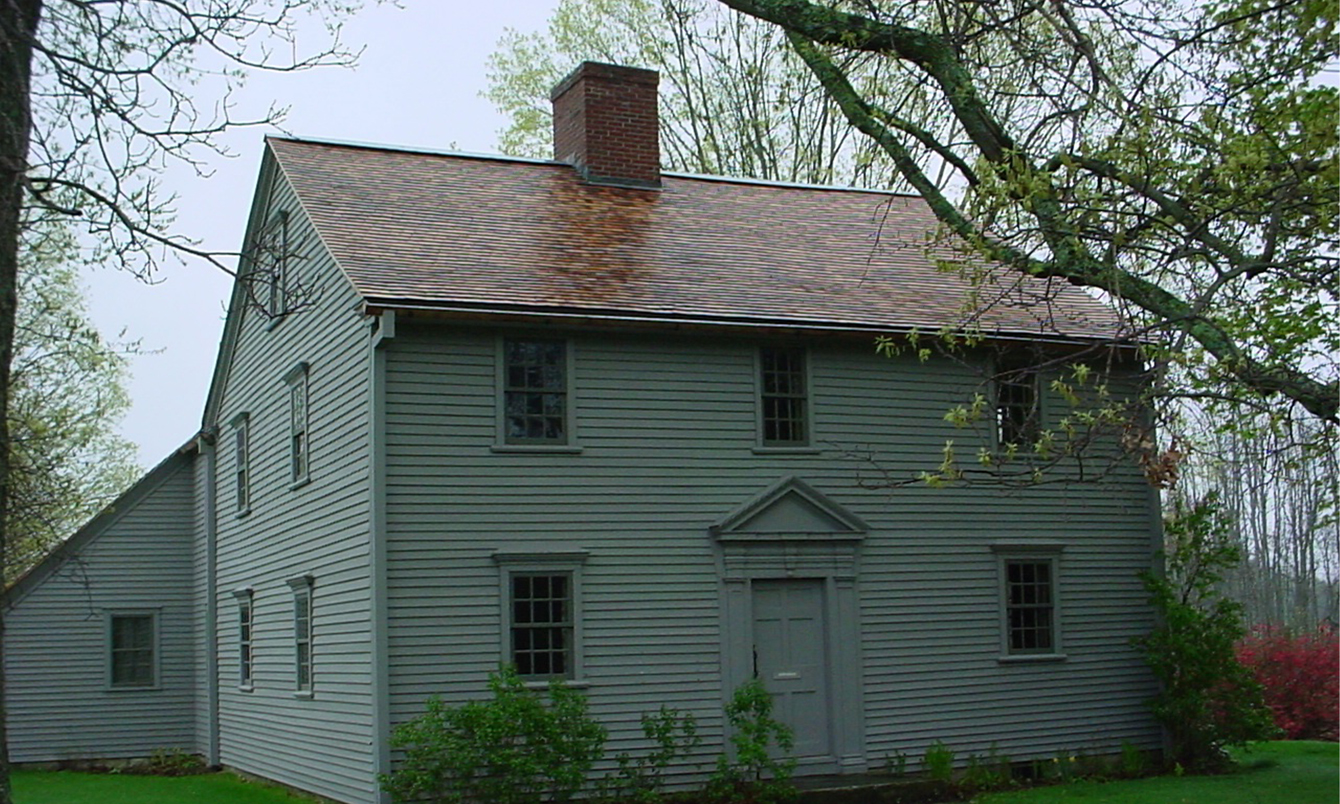
The Ashley House in Sheffield, MA, was the residence of Colonel John Ashley, a prominent county judge, and five enslaved men and women.
Royall House and Slave Quarters
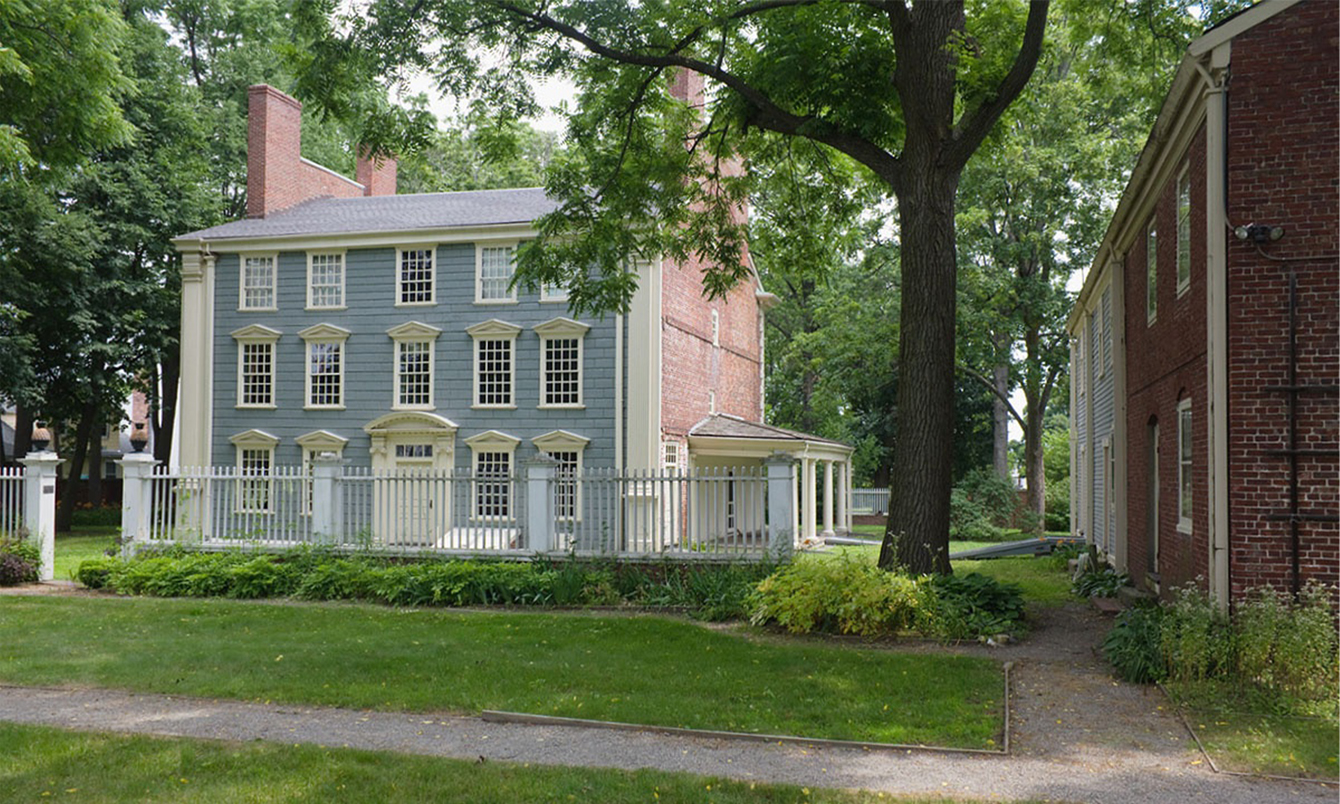
In the eighteenth century, Isaac Royall, Jr.’s Medford estate included the largest community of African captives in Massachusetts.
Moffatt-Ladd House
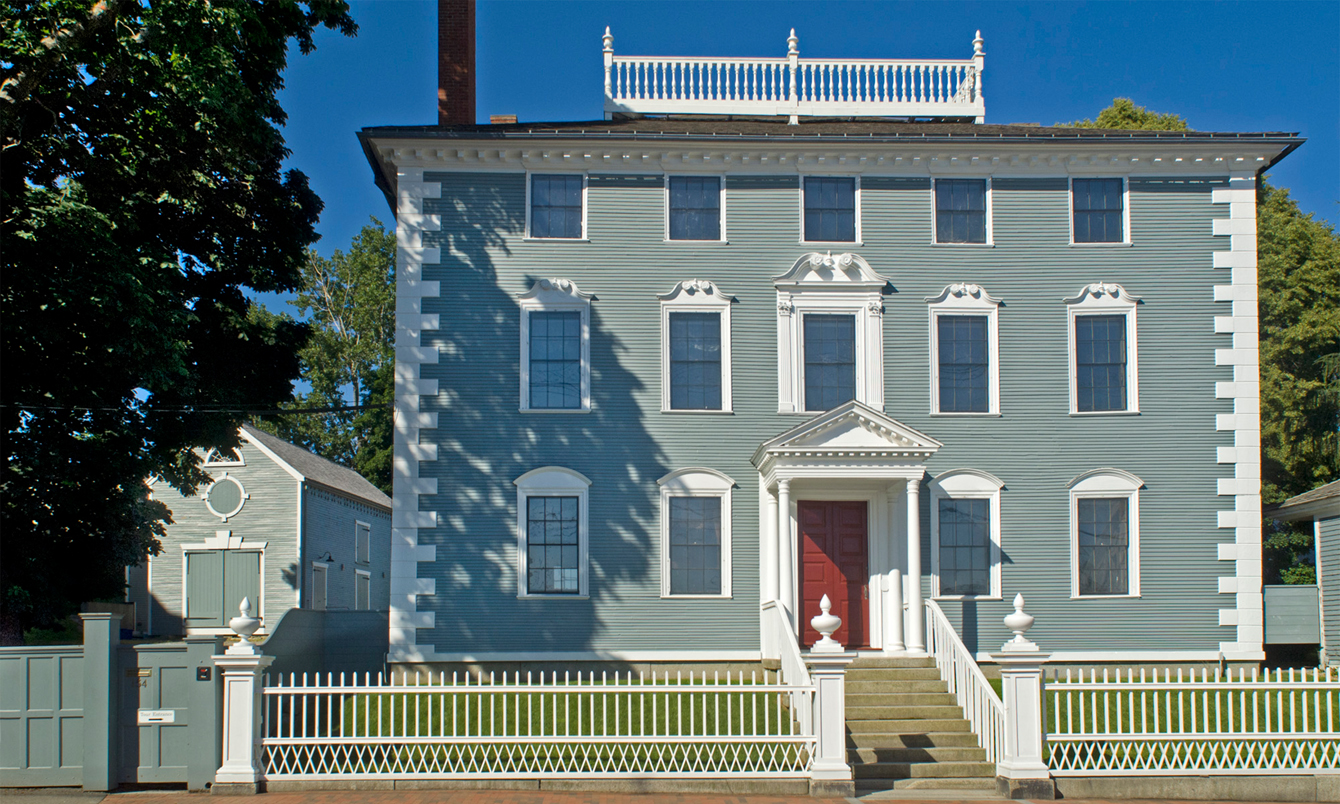
The Moffatt-Ladd House was owned by enslaver William Whipple, a signer of the Declaration of Independence.
Portsmouth African Burying Ground Memorial Park
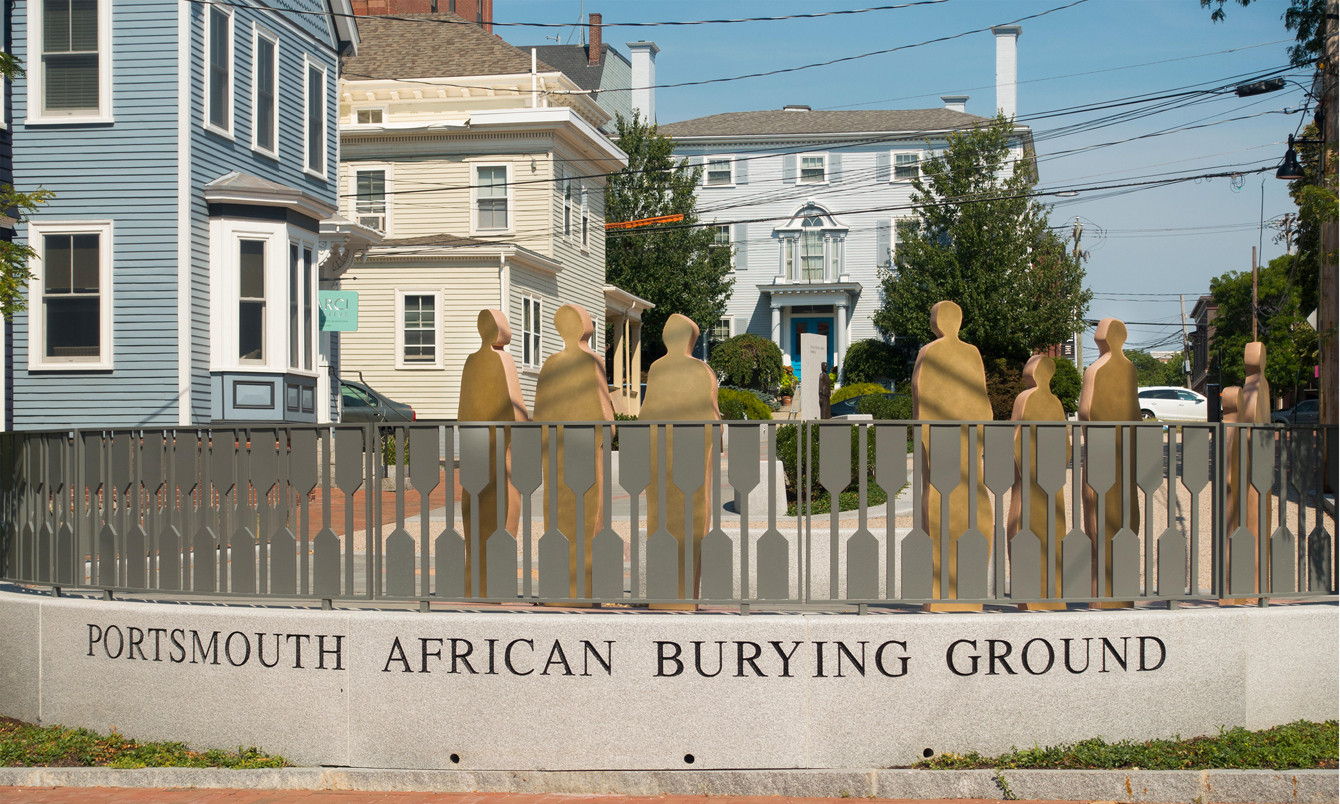
A commemorative park on Chestnut Street in downtown Portsmouth, New Hampshire, marks the location of the 18th-century “Negro Burying Ground,” a final resting place for enslaved individuals.
William Trent House
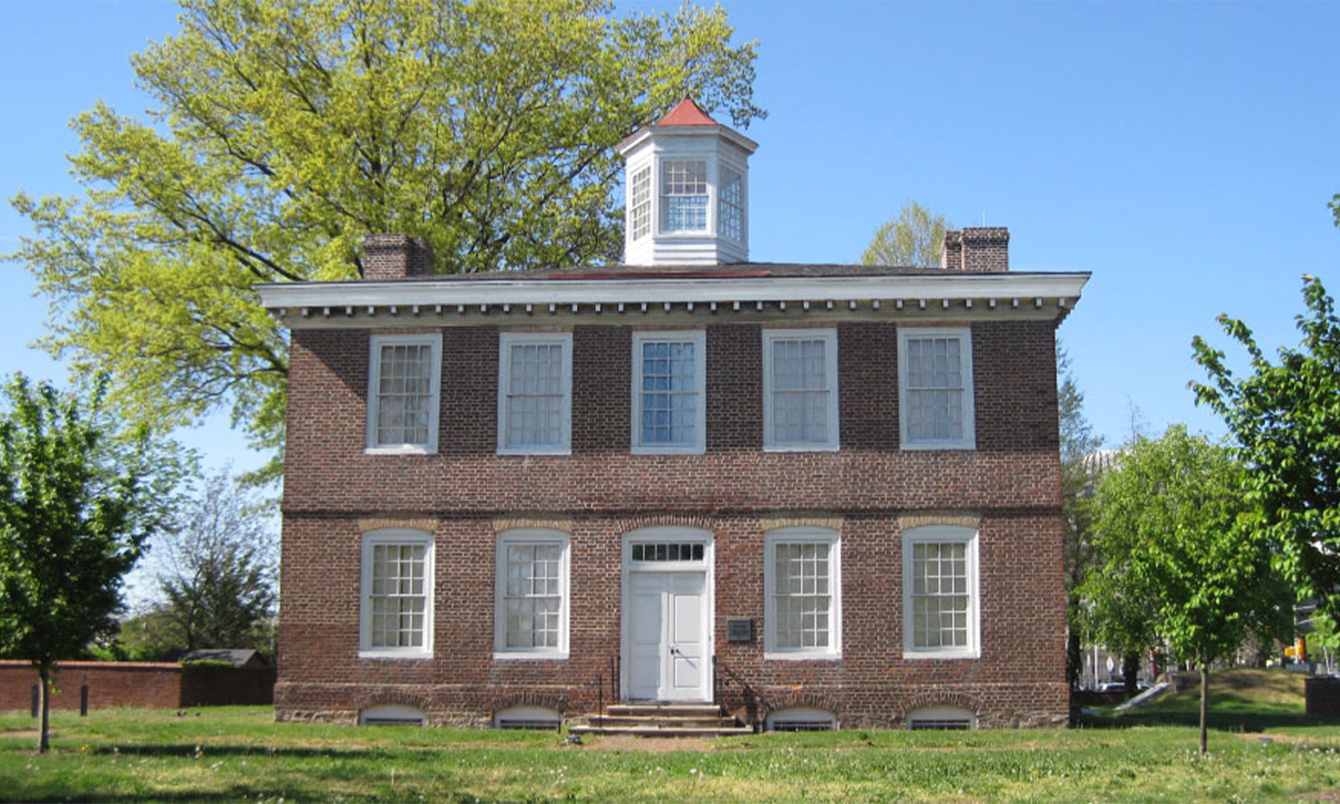
Merchant and enslaver William Trent lived in this estate outside of Trenton, New Jersey, with his family and eleven enslaved individuals of African descent.
African Burial Ground National Monument
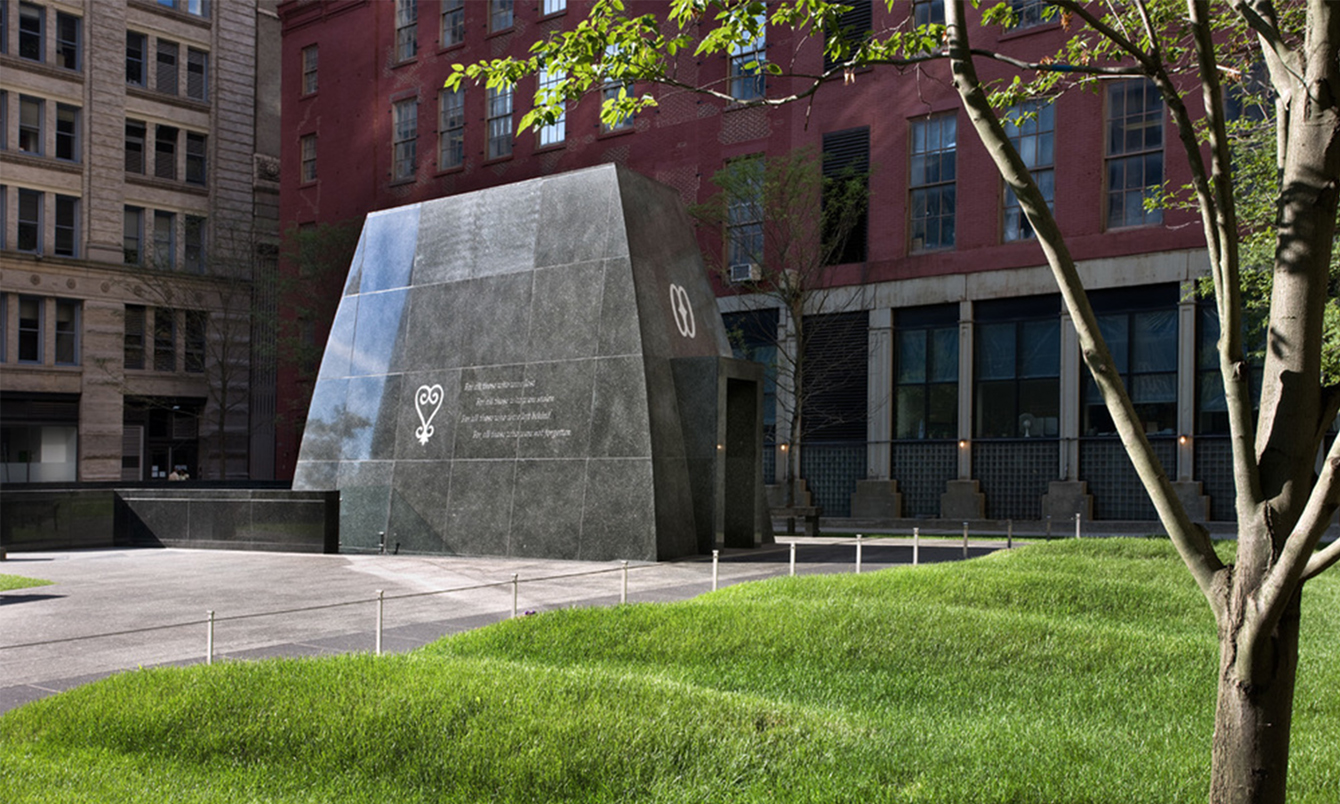
The African Burial Ground is considered the oldest and largest excavated burial site in North America for both free and enslaved Africans.
The Joseph Lloyd Manor
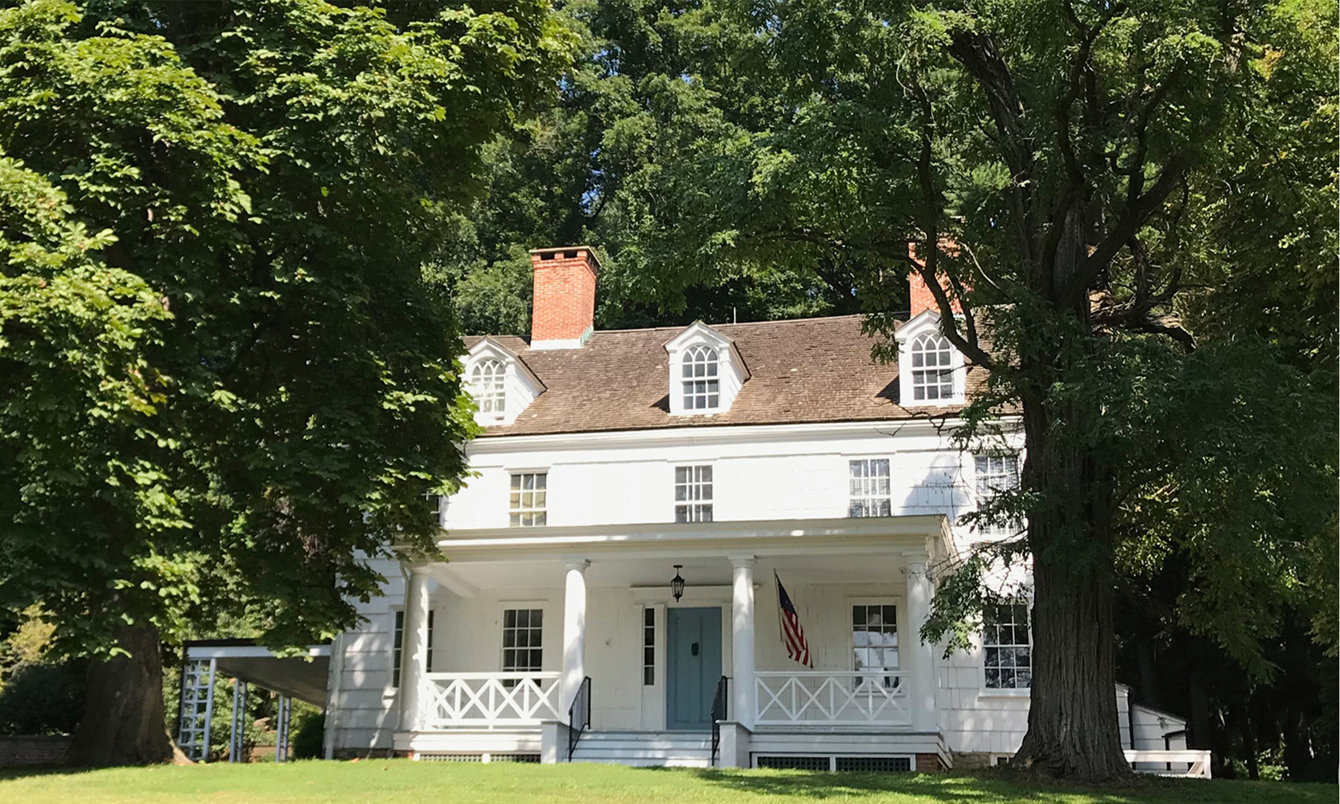
Located in Lloyd Harbor on Long Island, New York, Joseph Lloyd Manor was the residence of the enslaved poet Jupiter Hammon and his enslaver, Joseph Lloyd.
The Joshua Hempsted House
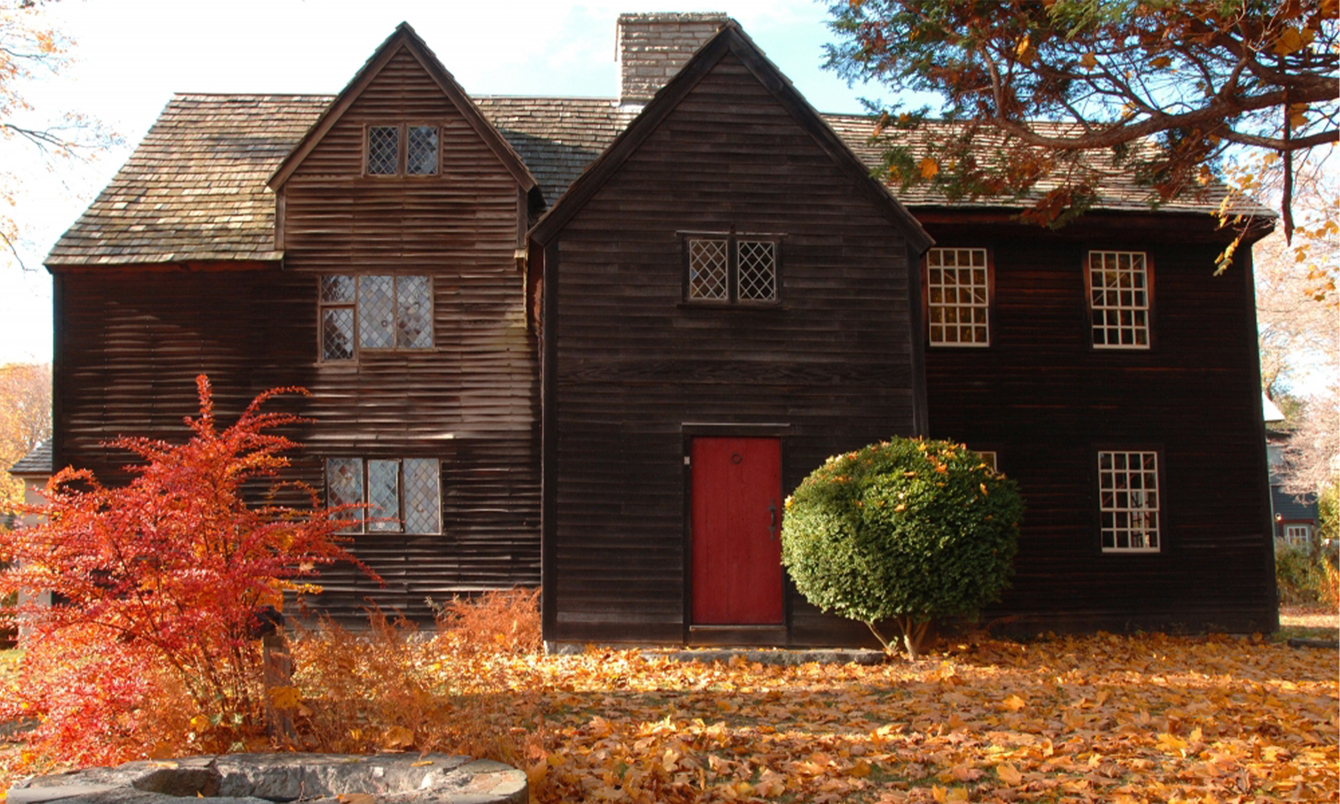
The Joshua Hempsted House in New London, Connecticut, was home to the Hempsted family and Adam Jackson, an enslaved man who lived and worked there for three decades.
Old Dutch Church
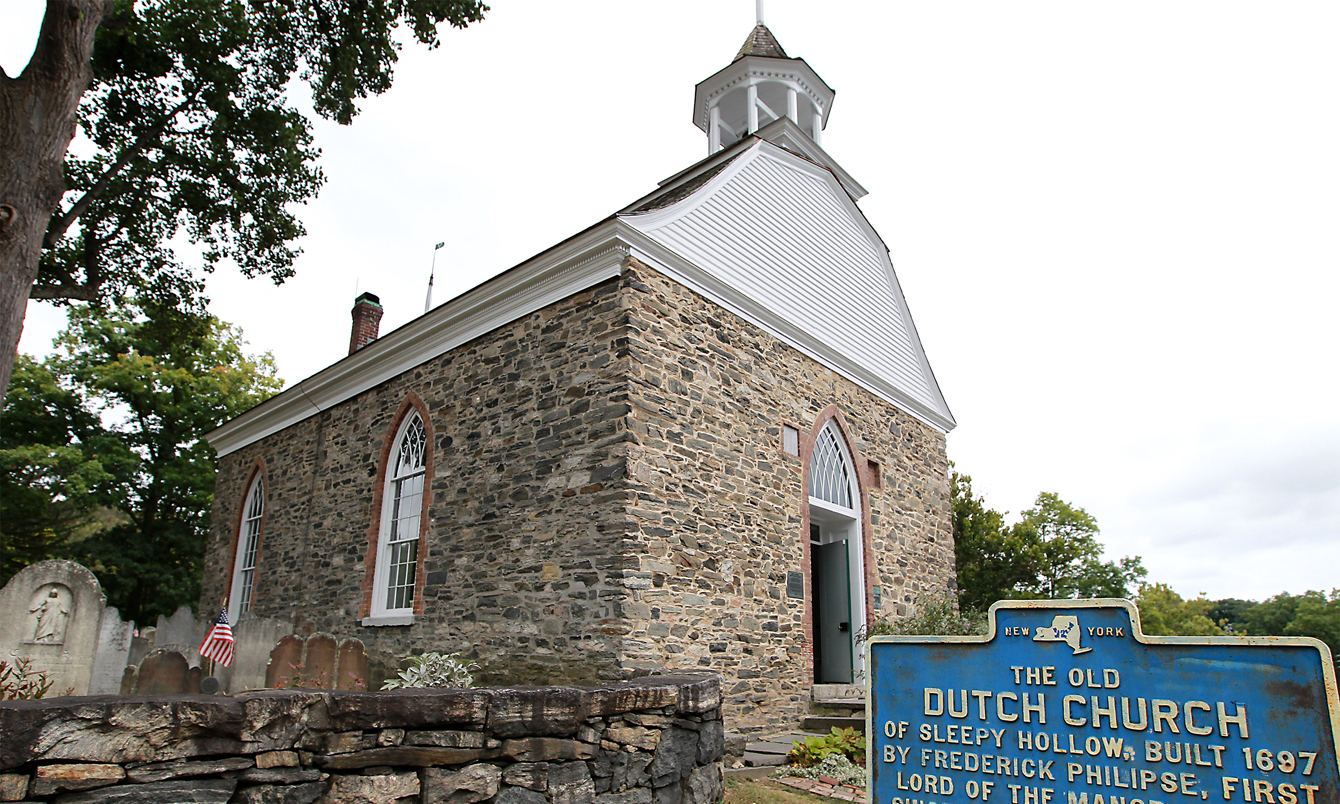
Originally part of Philipsburg Manor, the Old Dutch Church was built with the labor of African captives who were enslaved by Frederick Philipse.
Philipse Manor Hall State Historic Site
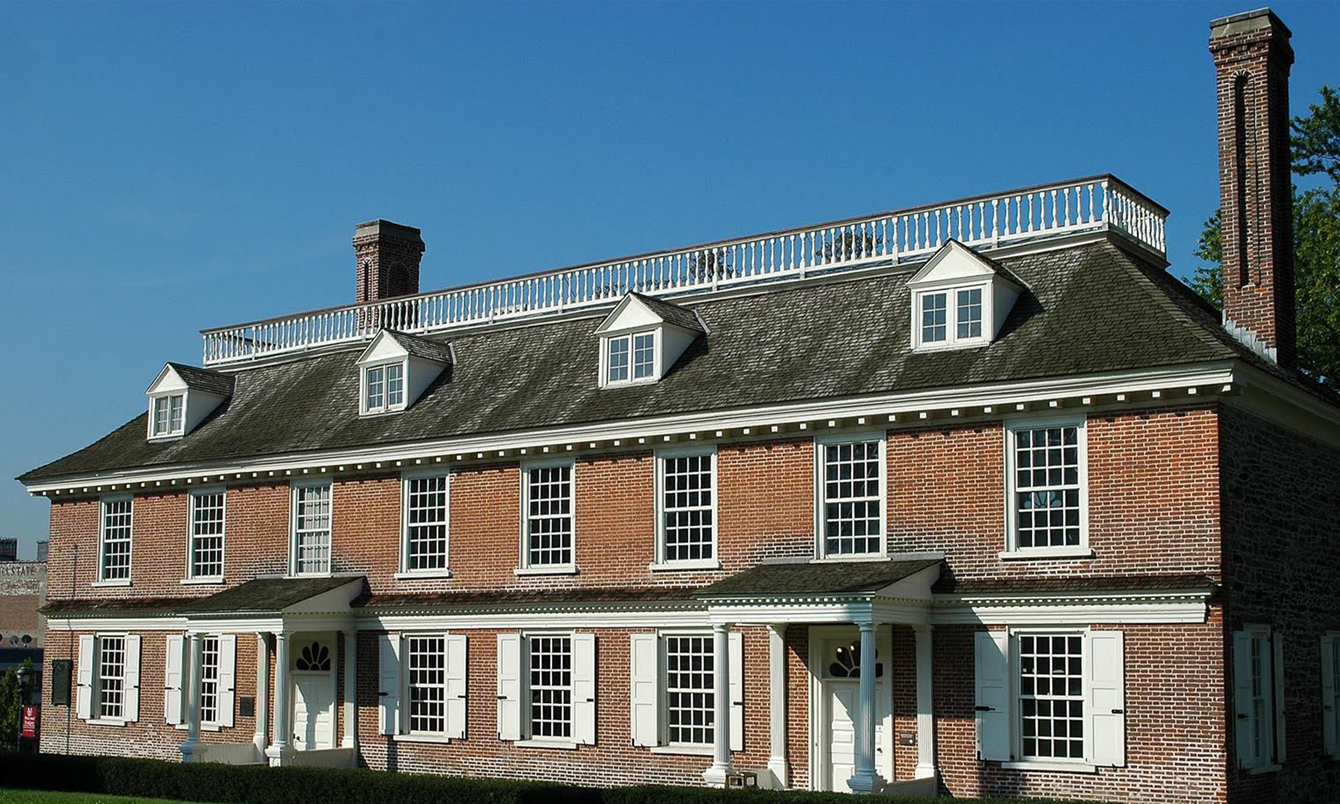
Philipse Manor Hall in Yonkers, New York, was once part of the Westchester plantation of Frederick Philipse (1626–1702), a Dutch merchant and slave trader.
Schuyler Mansion State Historic Site
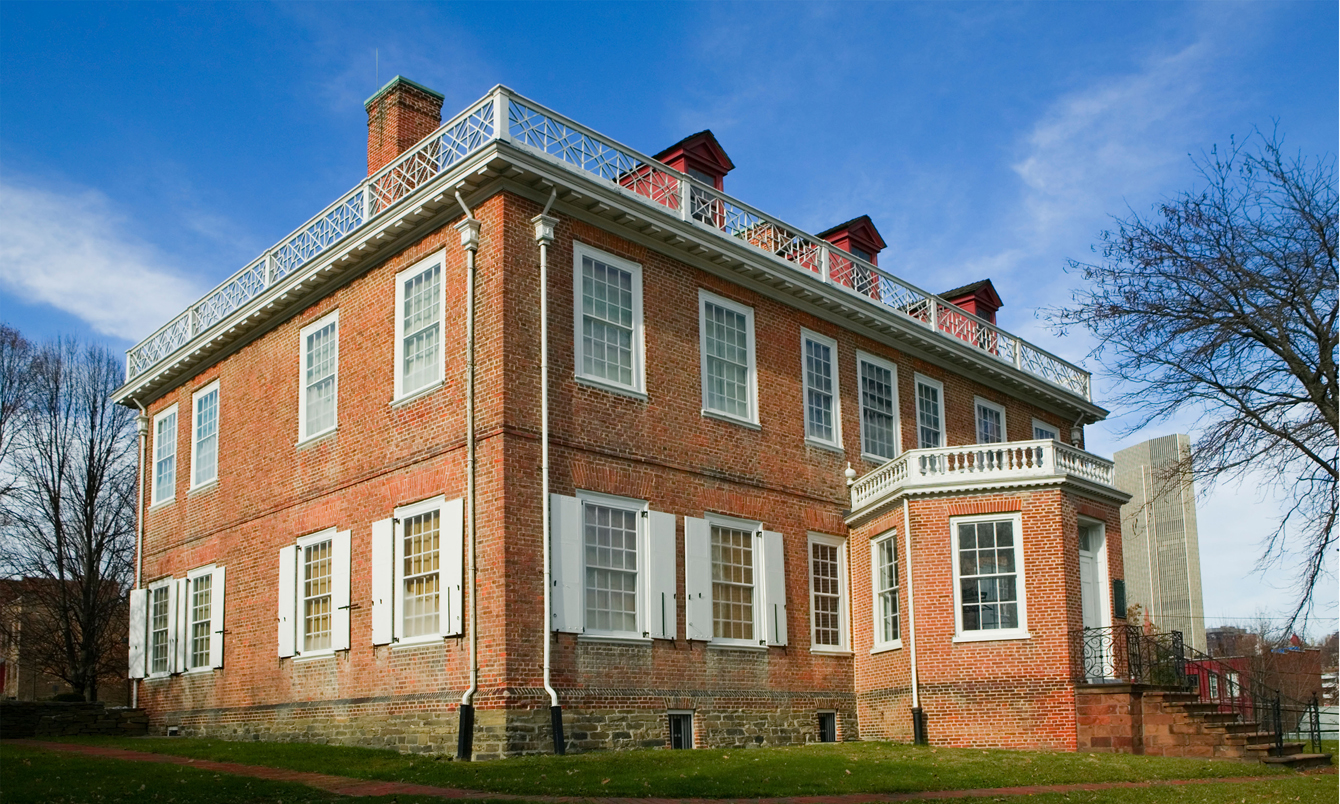
Revolutionary War general Philip J. Schuyler enslaved as many as thirty-eight laborers at this Albany estate and his Saratoga farm and mill.
Pennsbury Manor
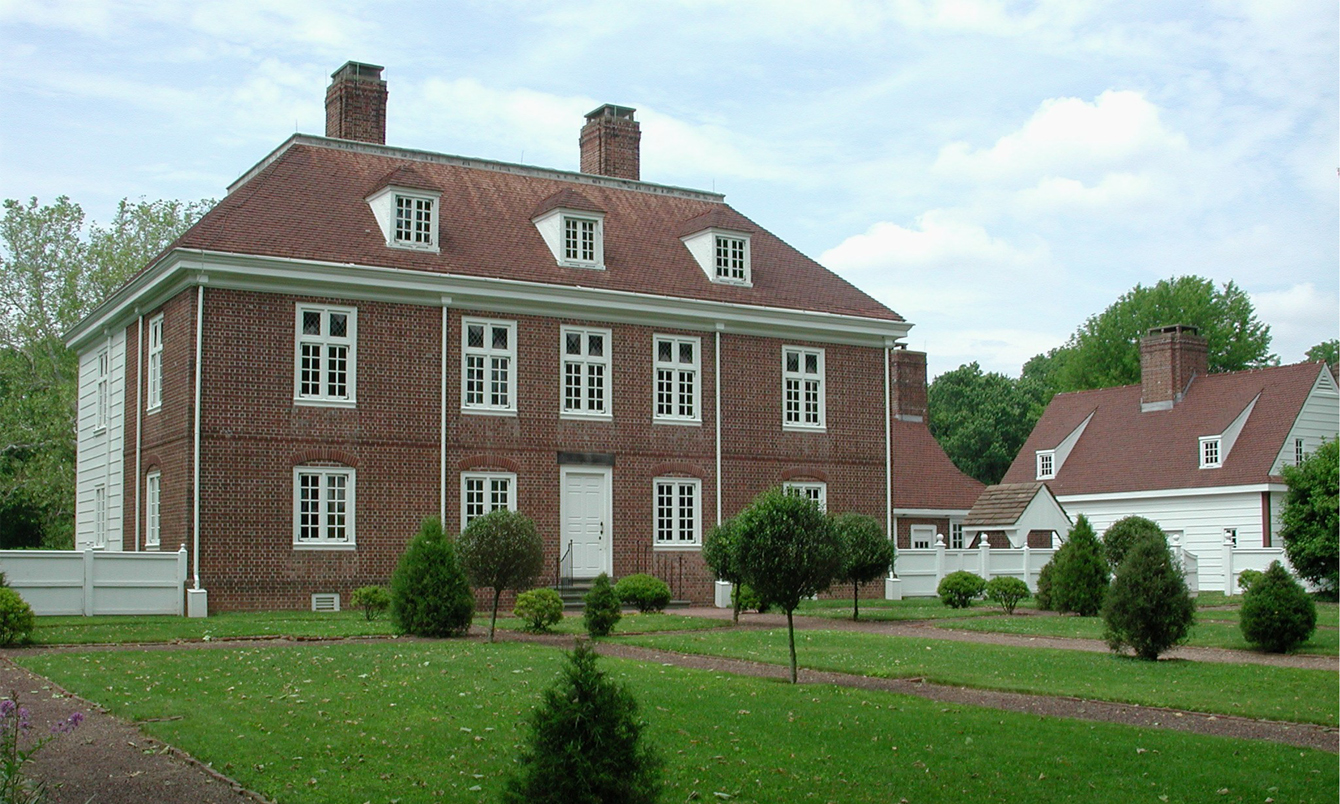
The riverside home of William Penn, the founder of the colonial Province of Pennsylvania, Pennsbury Manor was a seat of power in colonial Pennsylvania and the residence of a number of enslaved men and women.
The President's House Site
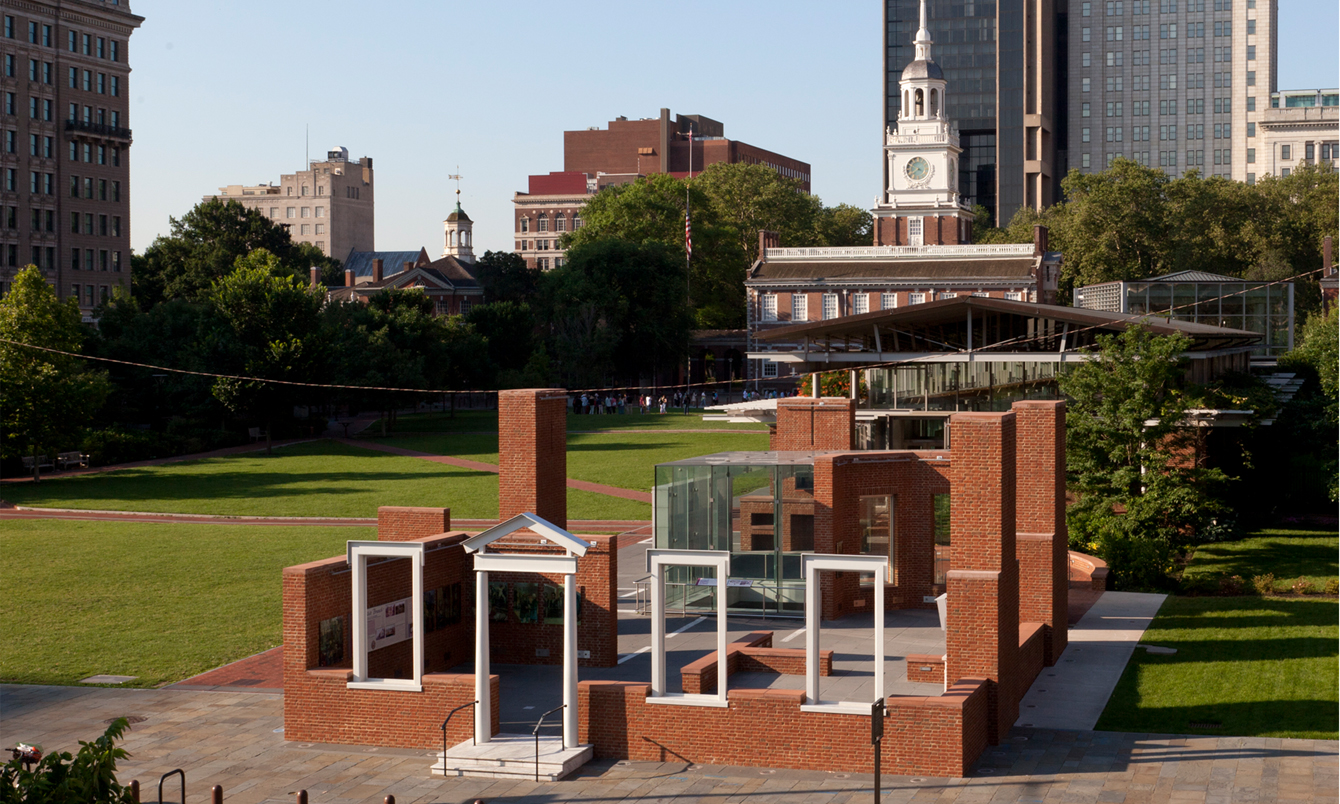
George Washington lived in the Presidential Mansion in Philadelphia in the years following the American Revolution with his wife, Martha, and a total of nine enslaved people.
The John Brown House Museum
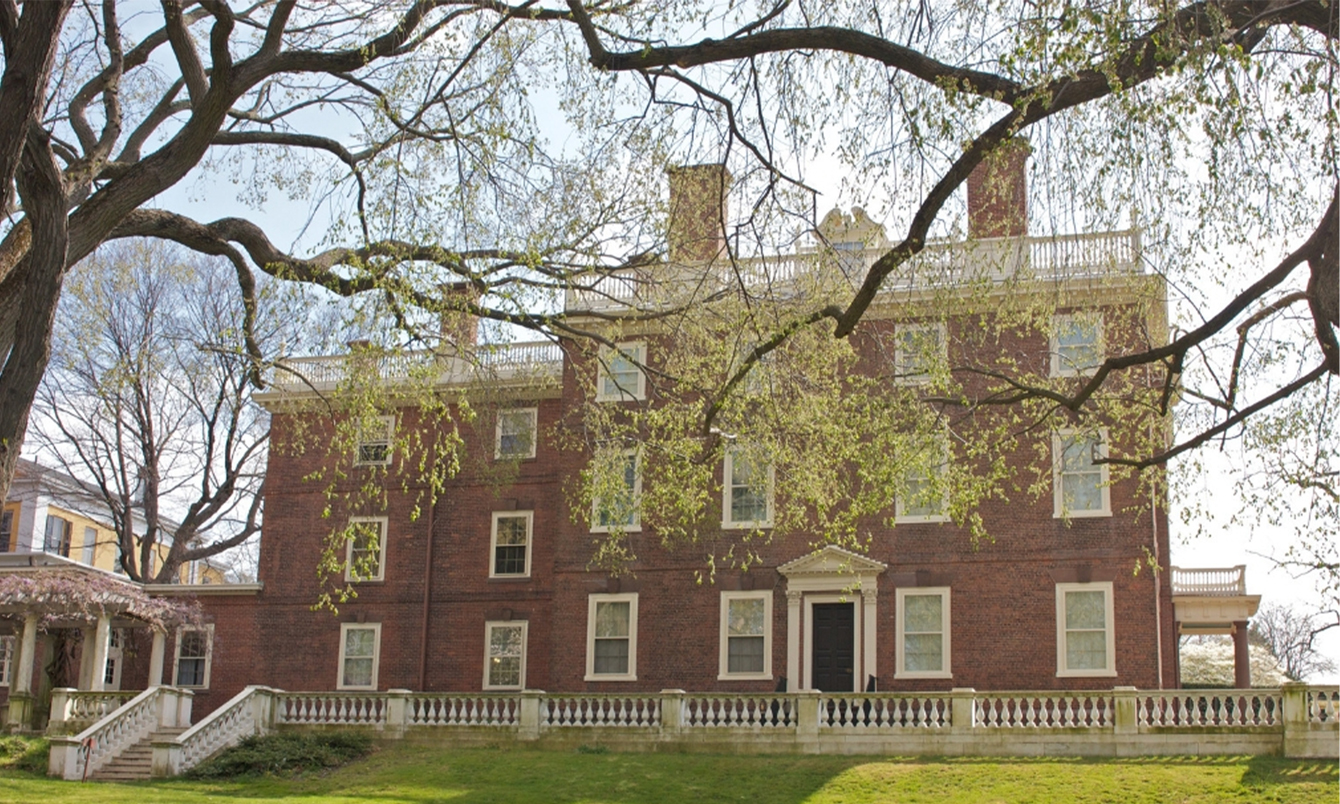
The John Brown House was built in 1788 by merchant, politician, and slave trader John Brown.
Old Constitution House
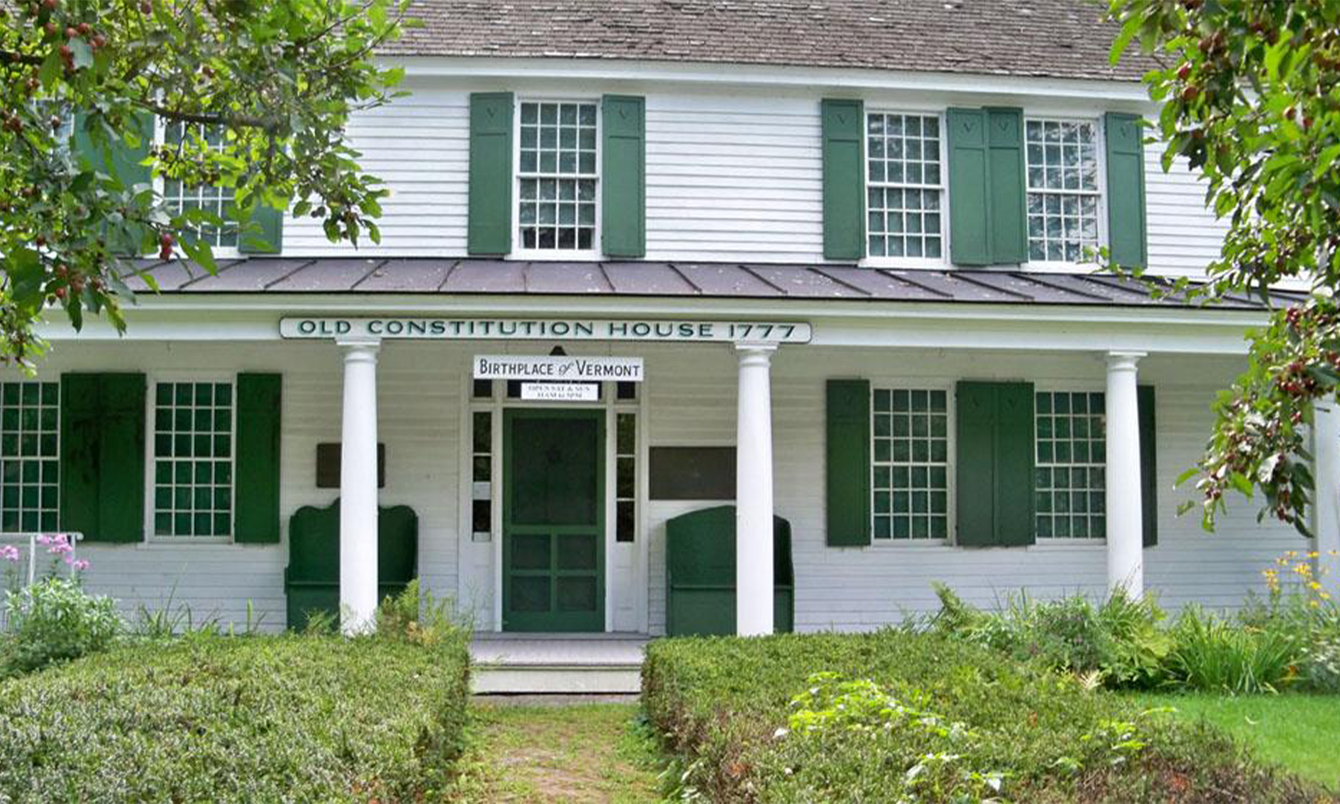
The Old Constitution House in Windsor, Vermont, was the site of the writing of Vermont’s constitution, which included a provision on ending slavery.


